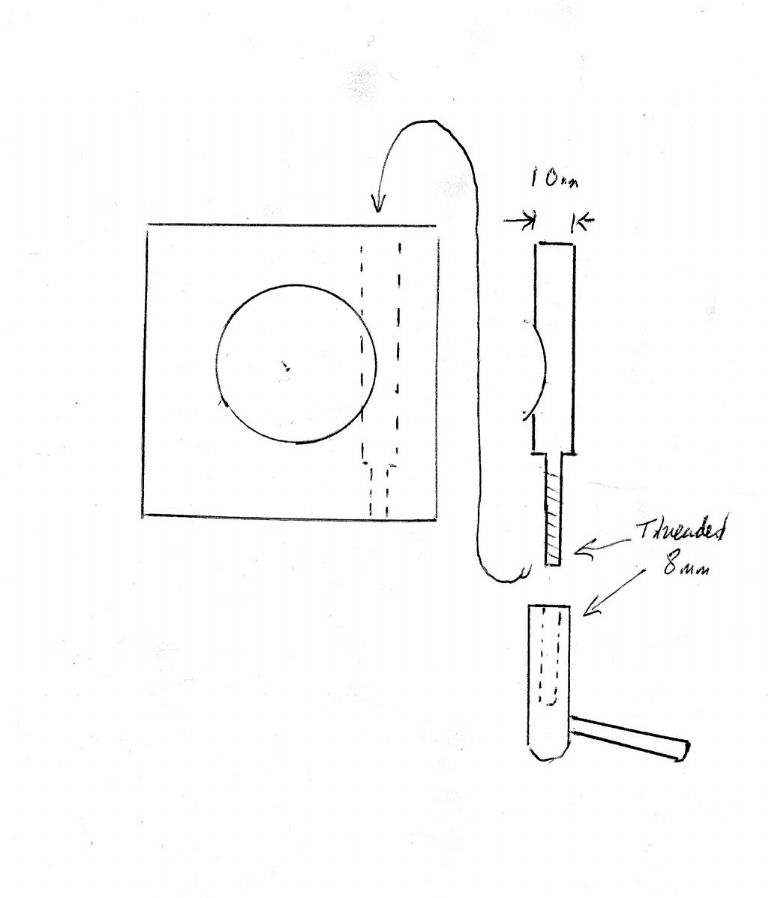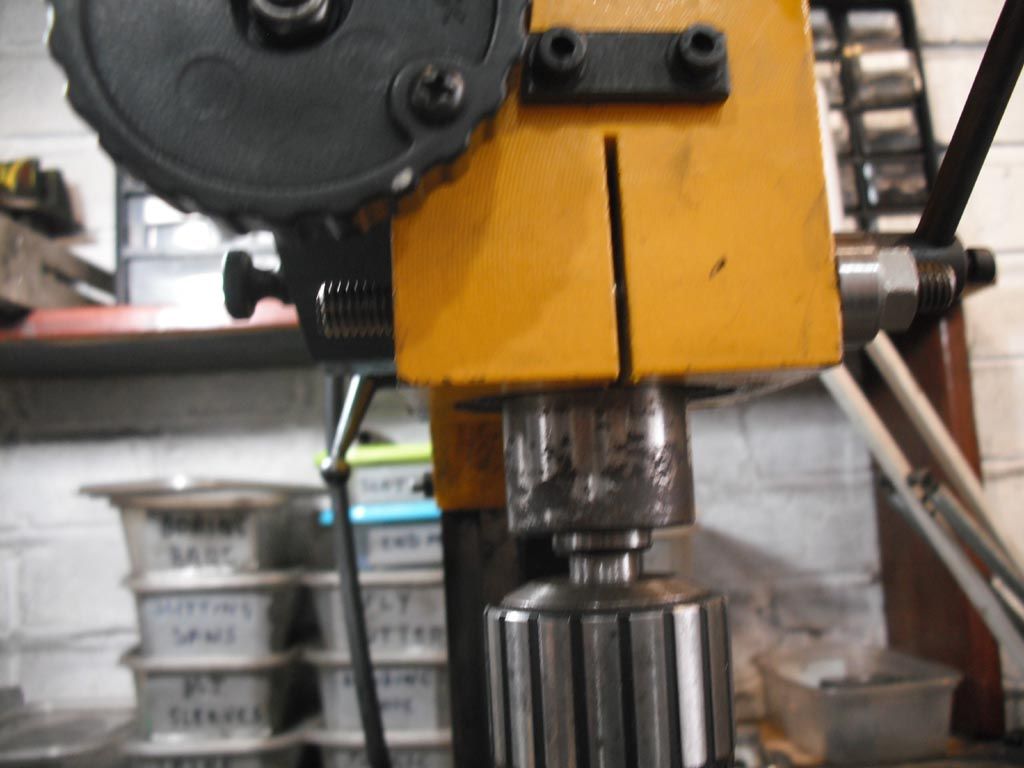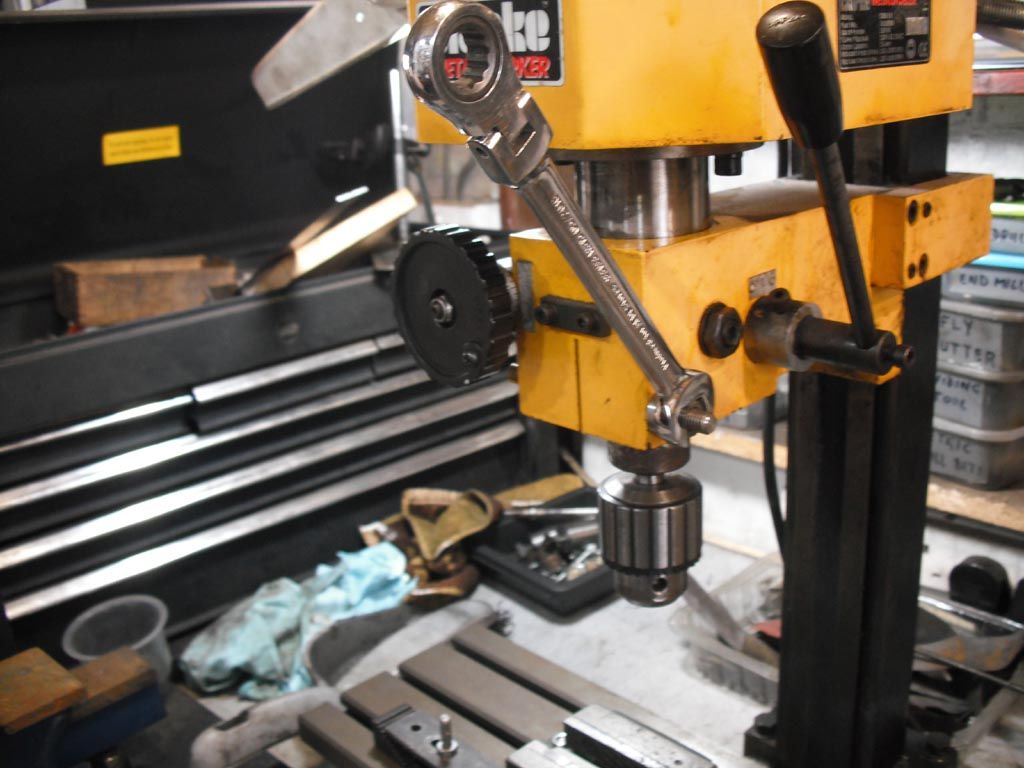CMD10/SeigX1 query
CMD10/SeigX1 query
- This topic has 39 replies, 9 voices, and was last updated 4 May 2020 at 15:43 by
 Michael Gilligan.
Michael Gilligan.
- Please log in to reply to this topic. Registering is free and easy using the links on the menu at the top of this page.
Latest Replies
Viewing 25 topics - 1 through 25 (of 25 total)
-
- Topic
- Voices
- Last Post
Viewing 25 topics - 1 through 25 (of 25 total)







